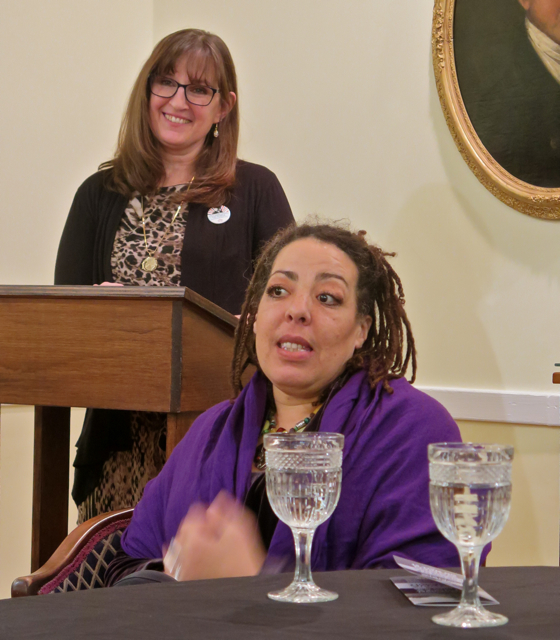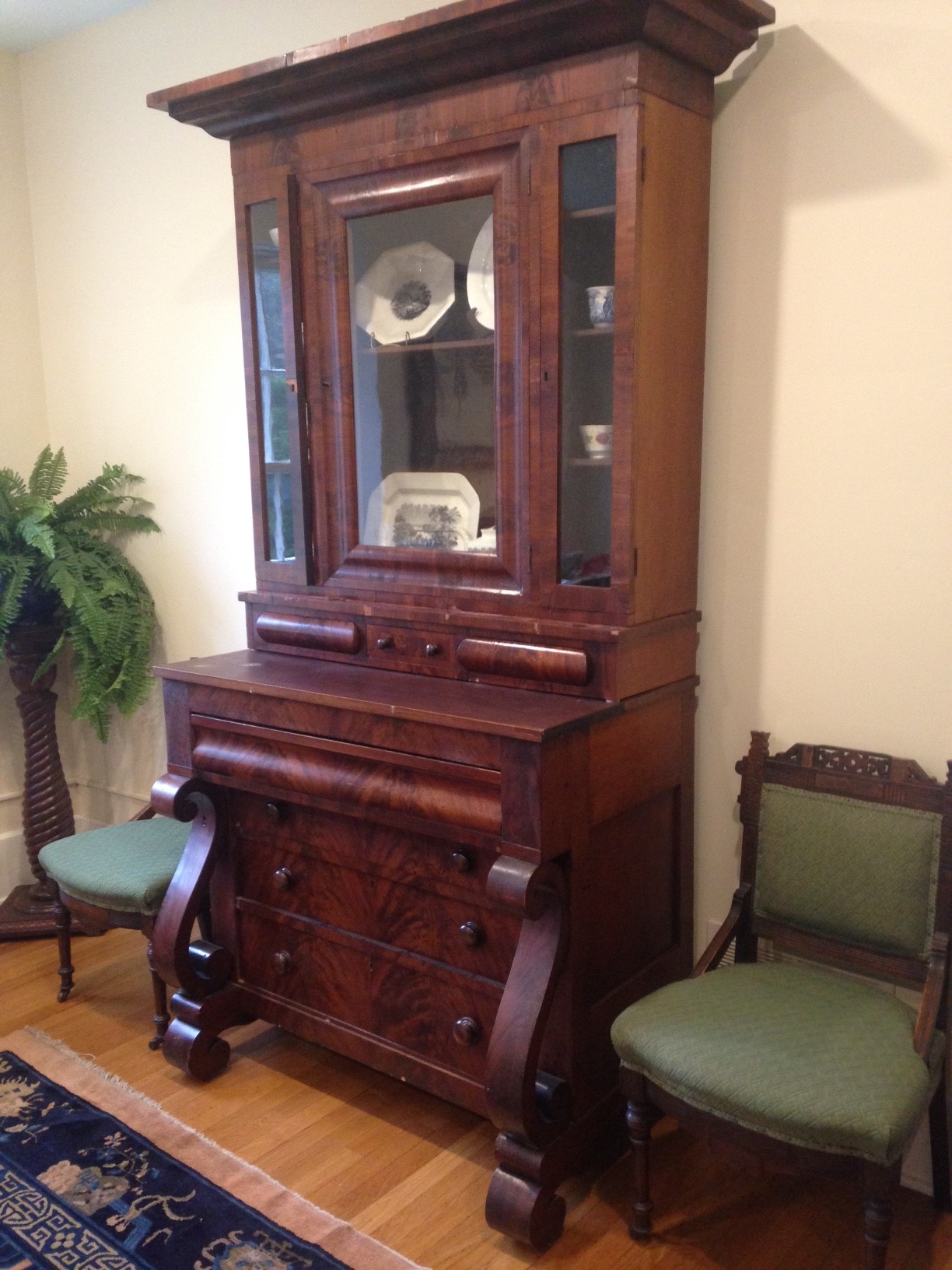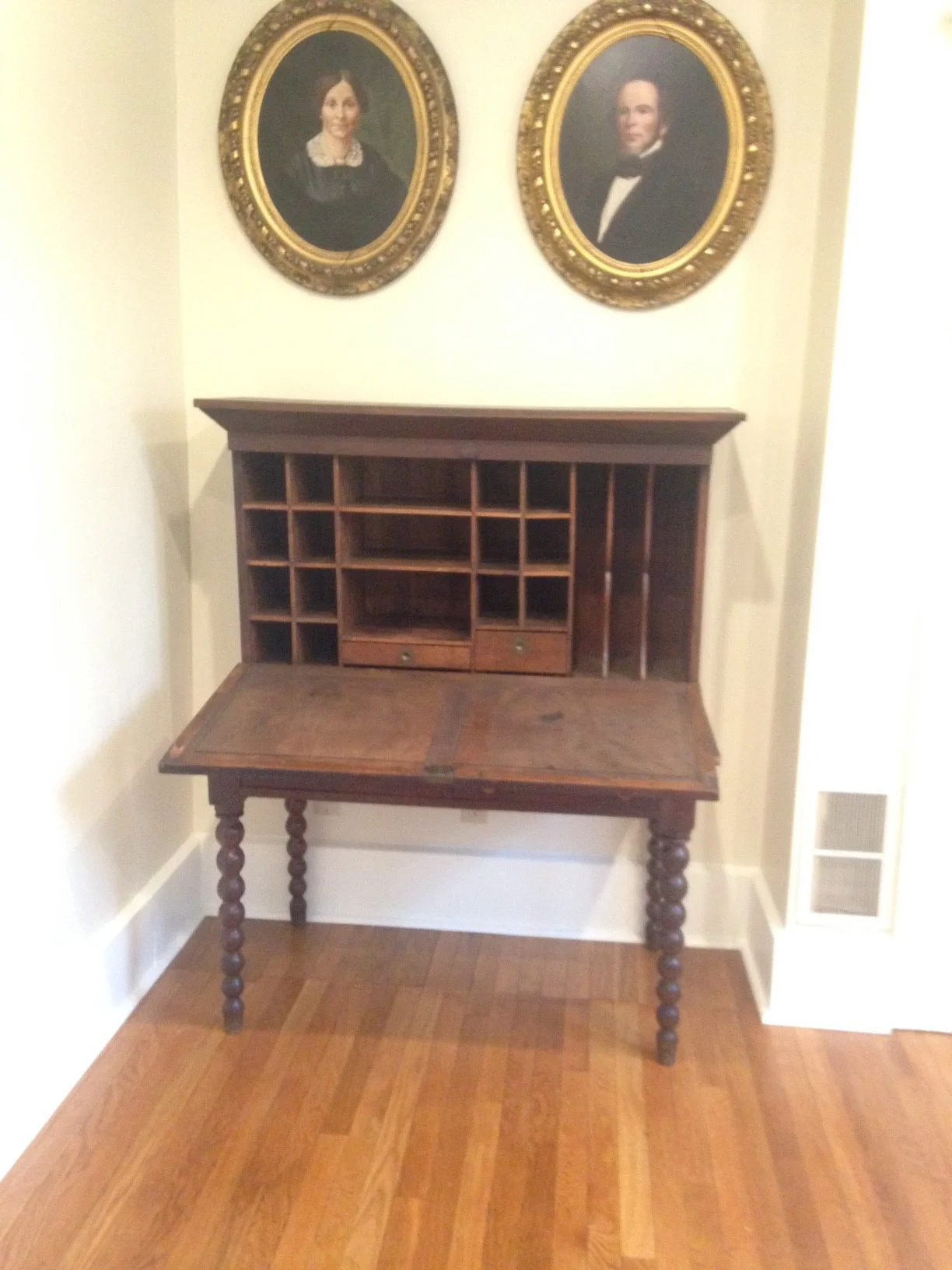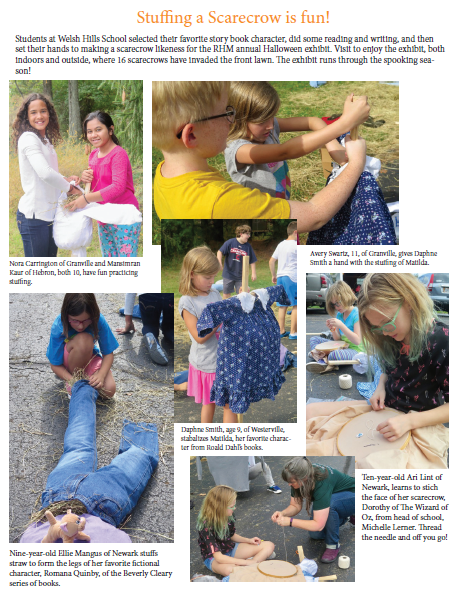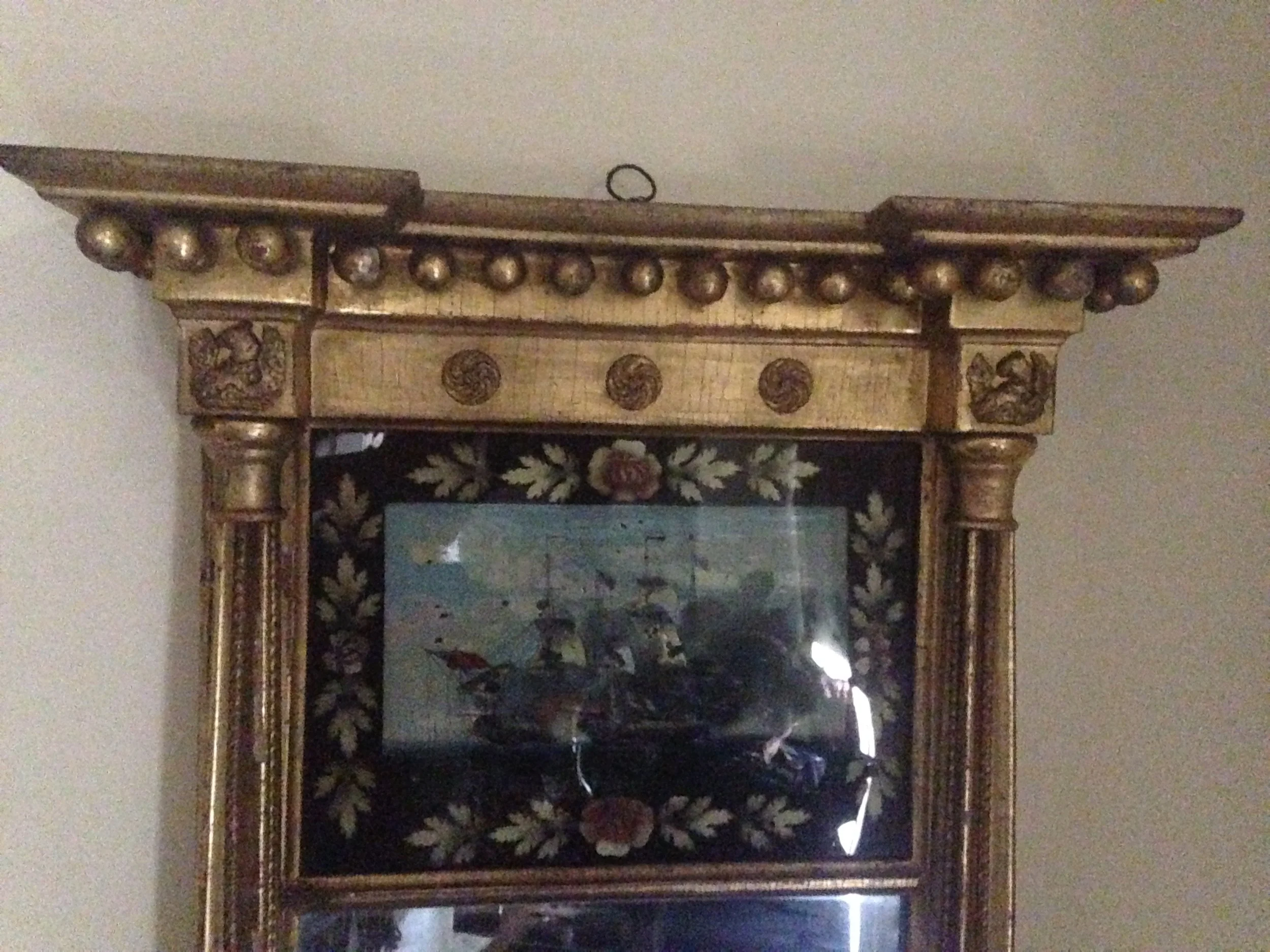Perhaps it was the 2016 election where the country might have witnessed its first woman president. Perhaps it’s the passion of volunteers who admire Woodhull and think it’s time for her to be better understood and recognized for her achievements, notable today, and utterly unimaginable for the Victorian times in which she lived.
Whatever the impetus, the museum is taking Hunter’s lead. Thanks to the efforts of board members Judith Dann and Christina Gray, and former board member and Denison University Gender Studies Dept. chair, Gill Miller, along with a planning grant from the Ohio Humanities Council and the partnership of Denison, RHM begins a multi-year project that will focus on the multi-dimensionality of Woodhull’s legacy.
In a series of round-table discussions over three years beginning in 2018, each session highlights one of the many areas of interest that Victoria Woodhull advocated in her life.
The Victoria Claflin Woodhull: Phoenix Rising series begins on February 8 with a roundtable titled Courageous Voices, an introduction to Woodhull and her historical context as well as to the organization and rise of social reform in the 19th century.
The second roundtable is set for April 19. Scandalous Voices, Journalistic Truths, Standing in the Face of False Rhetoric, is a discussion of women in the media, journalistic truth and “fake news.” And finally, on September 14, the roundtable Dangerous Voices, Women Who Speak the Truth, brings the first year of Victoria Claflin Woodhull: Phoenix Rising to a close. More details on location and how to register will be forthcoming.
“It is our goal to foster, through these roundtables, an educated, thoughtful discussion of her life and ideas as well as create a website of vetted primary sources and scholarship that would be a resource for those interested in studying her,” said Dann. Dann, Professor and Classics Lead in the Humanities Department at Columbus State Community College, lives in Homer, Ohio, Woodhull’s birthplace, and has taken both a personal and academic interest in Woodhull. “I have been researching her life for nearly 20 years and giving lectures around Ohio about her. Also as a board member of the Homer Library, I advocate for her memory there,” she said.
“Scholars and professionals from across the nation are expected to participate in the roundtables in order to exchange ideas and speak on the identified themes from their discipline’s perspective. These will become the platform for discussion on how these issues might inform intellectual pursuits and policy making in our own time,” she added.
Supporting the partnership is English professor Liz Weiser of Ohio State University in Newark. Weiser, who acted as project evaluator for the Ohio Humanities Council, offered the services of an intern from her department to assist the project. Senior Kyle Smith, who is interested in 19th century feminism and women’s rights, will work alongside the committee. “It’s a natural fit,” Gray said.
Thus through combined efforts, Victoria rises again at Robbins Hunter Museum. The original figure of Woodhull disintegrated, the delicate works of the clock sold off, and the shambles of a balcony hanging precariously are now all repaired or replaced. Computer chips perform the clock mechanics, a new statue of Victoria makes her entrance on the hour again thanks to local carver Larry Nadwodney, and the entire façade was repaired and restored, Lowder said.
“Our project seeks to be her next rise from historical obscurity to the center stage where her ideas and reforms can take root again and drive contemporary change to challenges that still plague our society,” Dann said. “Scholars and professionals from across the nation are expected to participate in order to exchange ideas and speak on the identified themes from their discipline’s perspective which will be the platform for discussion on how these issues might inform intellectual pursuits and policy making in our own time.”
In addition to the support of Denison University, other partners in this initiative are The Ohio State University, Columbus State University, and Capital University. The RHM Board is currently seeking additional funding from corporate, foundational, or individual contributions. Contact Ann Lowder, Director, for more information on how you can help.






